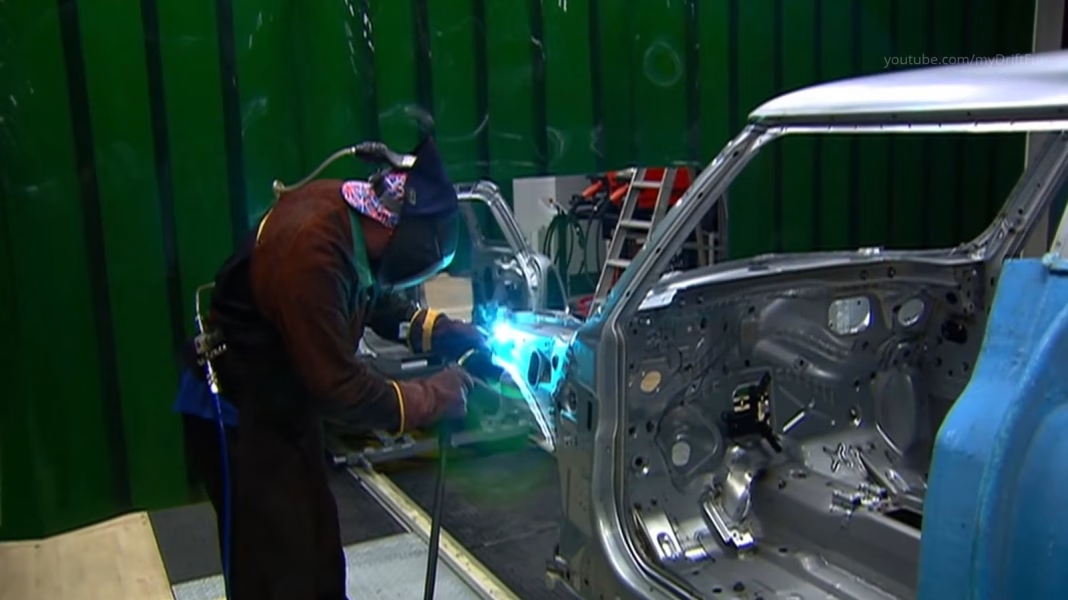How Has Car Manufacturing Changed Between Mini Cooper Generations?
Ever wondered what really goes on behind the scenes when your favorite car rolls off the assembly line? Watching the production of the second-gen R56 Mini Cooper and then comparing it to the third-gen F56 is a bit like flipping from a home-cooked meal to a futuristic kitchen where robots do most of the work. The difference is striking—and it says a lot about how far automotive manufacturing has come in just a few years.
What Does Increased Automation Actually Look Like on the Factory Floor?
In the R56 era, you’d see a blend of skilled workers and machines, each playing their part. Human hands guided panels into place, checked alignments, and made those final tweaks that only a seasoned eye could catch. Fast forward to the F56, and the landscape shifts. Robots now handle much of the heavy lifting—literally. They weld, paint, and even install components with a precision that’s tough for humans to match, all while moving at a relentless pace.
It’s not just about speed. Automation brings consistency. Every weld, every bolt, every coat of paint is nearly identical from car to car. That’s a big deal for quality control. According to a 2023 report from the International Federation of Robotics, automotive manufacturing is one of the most automated industries worldwide, with over 1,300 industrial robots per 10,000 employees in leading countries like Germany and South Korea.
Why Did Mini and Other Automakers Embrace More Automation?
The push for automation isn’t just about showing off cutting-edge tech. It’s driven by real-world pressures: rising labor costs, the need for higher production volumes, and the demand for ever-tighter tolerances as cars become more complex. The F56 Mini Cooper, for example, packs in more tech, safety features, and customization options than its predecessor. Building these cars by hand, at scale, just isn’t practical anymore.
There’s also the matter of safety. Automated systems can handle hazardous tasks—think welding at high temperatures or lifting heavy chassis components—reducing the risk of workplace injuries. This shift doesn’t eliminate human jobs entirely, but it does change them. Workers now oversee and maintain the machines, troubleshoot issues, and focus on quality assurance rather than repetitive manual labor.
Are There Downsides to All This Automation?
It’s not all smooth sailing. The transition to automated production lines can be expensive and disruptive, especially for legacy plants. There’s also an ongoing debate about the impact on jobs. While some roles disappear, others emerge—robotics technicians, software engineers, and data analysts are now as essential as traditional assembly workers once were.
And then there’s the intangible stuff: the craftsmanship and pride that comes from building something by hand. Some enthusiasts argue that too much automation can make cars feel soulless, stripped of the little imperfections that give them character. But for most buyers, the trade-off—better reliability, fewer defects, and faster delivery times—is well worth it.
What Can We Learn From Watching These Two Mini Generations Built Side by Side?
Seeing the R56 and F56 production lines back-to-back is like watching a time-lapse of manufacturing evolution. The R56’s process feels almost nostalgic, with its blend of human intuition and mechanical muscle. The F56, on the other hand, is a glimpse into the future: efficient, precise, and relentlessly optimized.
The big takeaway? Automation in car manufacturing isn’t about perfection—it’s about smarter adjustments. Start with one change this week, and you’ll likely spot the difference by month’s end. Whether you’re building cars or just trying to streamline your own workflow, the lesson is the same: embrace the tools that help you work better, not just harder.


